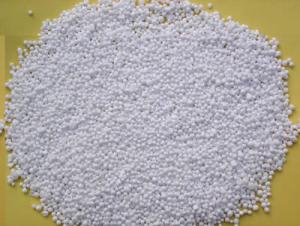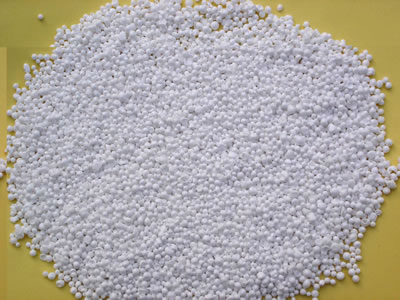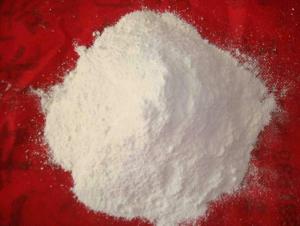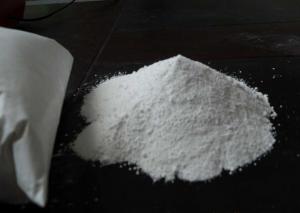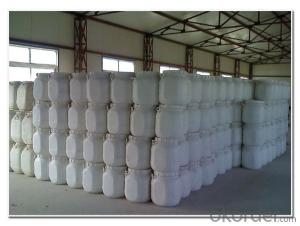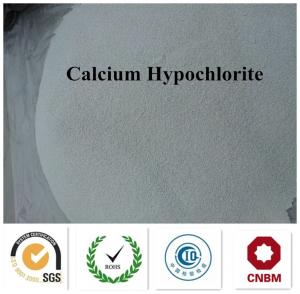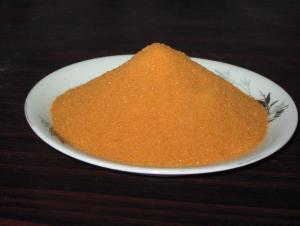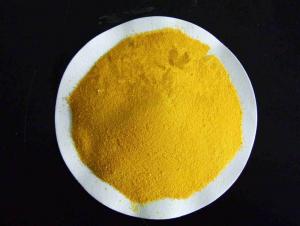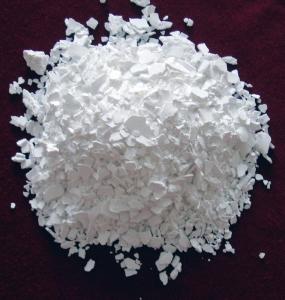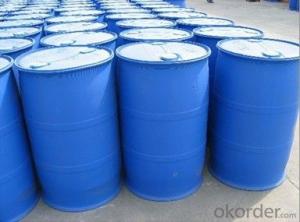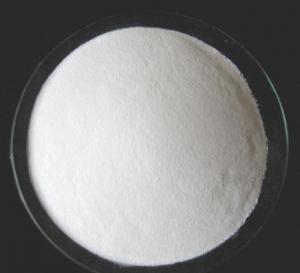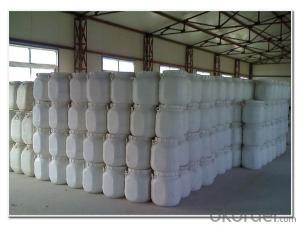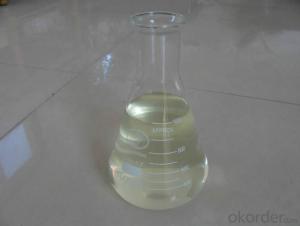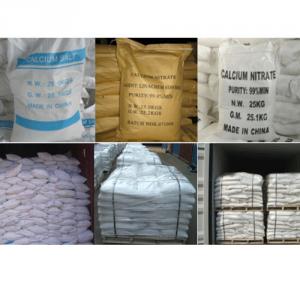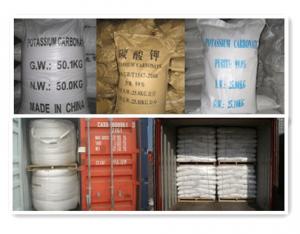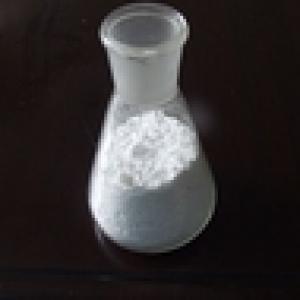Favorites Compare snowmelt agent woven bag packing bulk calcium chloride
- Loading Port:
- Tianjin
- Payment Terms:
- TT OR LC
- Min Order Qty:
- -
- Supply Capability:
- 6000 m.t./month
OKorder Service Pledge
OKorder Financial Service
You Might Also Like
Calcium Chloride 74 % Flake
Most favorable price
Excellent and all round service
Strong and stable supply ability
I - General
1) Calcium Chloride :74%Min
2) White flakes
4) Direct manufacturer
5) CAS:10035-04-8
II - Tech Standard: HG/T 2327-2004
III - Application:
1) - Snow melting and de-icing in winter
2) - Dust controlling in road mantenance
3) - Anti-icing and accelerator for concrete
4) - De-inking in paper manufacturing
IV - Packaging: 25kg/bag in a PP woven bag with PE inner liner.or 1000kg/bag(Jumbo bag)
V - Delivery time: 20 days
VI - Production Capacity: 50mt per day
VII - advantage:
1) Most advanced equipment,
2) Good quality(white,not yellowing and little impurity),
3) Most competitive price,
4) Excellent and all-round service
- Q: The effect of inorganic salt medium and the difference with enrichment medium
- The enrichment of nutrients is based on the basis of nutrition based on some kind of nutrient-rich substances for the target cells, the purpose is to increase the number of target cells, so that the formation of growth advantages, so as to achieve the purpose of separation, such as we have to be separated Pseudomonas aeruginosa, this bacteria particularly like blood, so you can add blood in the medium, so that the formation of growth advantages of this bacteria.
- Q: What is the physiological function of inorganic calcium
- Maintain cell osmotic pressure and acid-base balance
- Q: Why is the residue after burning known as coarse ash? And inorganic salt content What is the difference
- There is no essential difference, the measurement method is different, so the result is different, the former is the burning method, which is the chemical method or instrument method
- Q: Does the milk contain inorganic salts?
- Calcium, phosphorus, potassium .1L milk can provide 1g of calcium, and milk calcium and phosphorus ratio of 1.2: 1, close to human milk (human milk 1: 1), digestion and absorption rate, it can ensure that the baby's calcium Need milk milk in the very few, only 0.2mg / 100g, for the human milk 1/5, the baby, such as milk-based food feeding, the need to timely add iron and vitamin C foods such as egg yolk, liver mud, In addition, the milk also contains copper, zinc, manganese, iodine, molybdenum and other trace element
- Q: The lack of symptoms and food sources of several inorganic salts
- Food sources of inorganic salts containing calcium Source: dairy products, beans, cereals, kelp and so on. Source: seafood, etc. Food of iron-containing inorganic salts Source: Fruits Containing iodine-containing inorganic salts Source (trace): seaweed, jellyfish, corn, mussels, etc. Zinc-containing inorganic salt food sources (trace): animal liver (viscera), fruit, peanuts, etc.
- Q: I am an AP biology student testing how magnesium effects the rate of photosynthesis in a plant. However since my class period is only one hour long I highly doubt if i add epsom salt to the soil ( after mixing it with water) i will see an immediate increase in the rate of photosynthesis. So i need to know how long should i wait to test photosynthesis rates after adding an epsom salt solution to the soil of a plant. Or how long does it take for magnesium to be incorporated into a plants rate of photosynthesis. Thanks in Advance!
- Magnesium sulfate (or magnesium sulphate) is an inorganic salt (chemical compound) containing magnesium, sulfur and oxygen, with the formula MgSO4. It is often encountered as the heptahydrate sulfate mineral epsomite (MgSO4·7H2O), commonly called Epsom salt, Magnesium is part of the chlorophyll in all green plants and essential for photosynthesis. It also helps activate many plant enzymes needed for growth. Rate of photosynthesis does not depend upon any single factor . so it is futile to expect it should increase after addition of epsom salt to soil in solution form . Because first it should be incorporated in chlorophyll molecule . That depends upon formation of new leaves . Old leaves already have it ( formula of chlrophyll a = C55 H72 O5 N4 mg ) That is the requirement is just one atom per molecule . what to do with excess ? Unless the soil is deficient in Mg . It it useless to add it . soil pH is another factor to be considered = Soil pH (a measure of the acidity or alkalinity of the soil) Soil pH is one of the most important soil properties that affects the availability of nutrients. Macronutrients tend to be less available in soils with low pH. Micronutrients tend to be less available in soils with high pH. www.ncagr /cyber/kidswrld/plan...
- Q: Now need to determine the freezing point of inorganic salt solution, what kind of freezing point instrument is more accurate?
- Because a large branch of antifreeze is with inorganic salt solution.
- Q: Of the dissolved salts found in seawater, _____ % are minor inorganic salts, or trace.
- it's definitly one of these: 99.28 .72 72 50 i think it's 99.28. lemme no if you get it right!!
- Q: what percent of dissolved salts found in seawater are minor inorganic salts, or trace?
- Seawater varies in composition a little but generally is about 3.5% salts. Of this about 3.1% is sodium chloride. So the remaining 0.4% is the other salts (Magnesium, Calcium and Potassium mostly, followed by just about every natural element in the periodic table in trace amounts)
- Q: Is the inorganic salt the same as the saline?
- Saline is sodium chloride solution, most people use the point is 0.9%.
Send your message to us
Favorites Compare snowmelt agent woven bag packing bulk calcium chloride
- Loading Port:
- Tianjin
- Payment Terms:
- TT OR LC
- Min Order Qty:
- -
- Supply Capability:
- 6000 m.t./month
OKorder Service Pledge
OKorder Financial Service
Similar products
Hot products
Hot Searches
Related keywords
